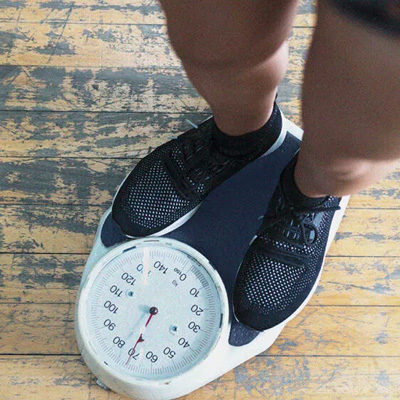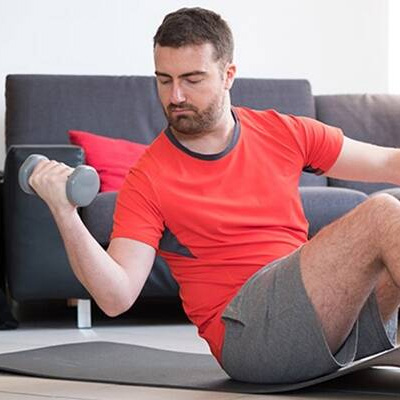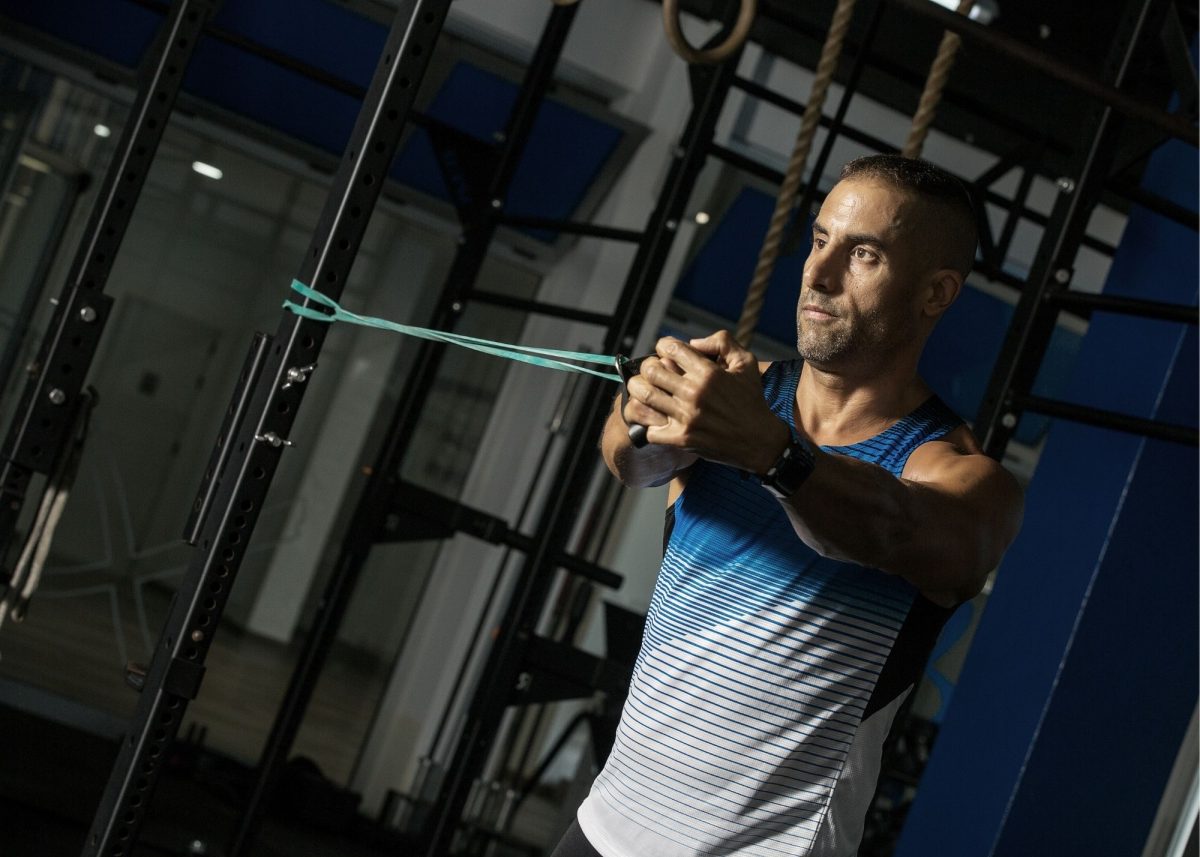
‘Accumulate 150 to 300 minutes (2 ½ to 5 hours) of moderate intensity physical activity or 75 to 150 minutes (1 ¼ to 2 ½ hours) of vigorous intensity physical activity, or an equivalent combination of both moderate and vigorous activities, each week.‘
Australian Health Guidelines
Overview
- When is the best time to exercise
- How to motivate yourself to exercise
- Special goals will have special requirements
- Be consistent and thorough when trying to get into a routine
- Use a combination of discipline and short term goals to connect the dots as you move forward in your journey
To begin: Consider your goals
When considering any exercise program the first thing you have to consider is exactly what you want to get out of it. People exercise for a variety of different reasons including weight loss, mental and physical wellbeing, stress release, or a specific goal like building endurance or strength.
Where do you fit? Answer that question first and everything will fall into place. Sometimes it’s best to talk things over with a professional and get their insight. You can offer your own views and find some common ground as to the best course of action.
Once you have a general target area, you need to find a way to take whatever knowledge is at your disposal and turn it into something fruitful and productive. Whether you go down the personal training route, are happy to do this on your own and consult with others when you see fit, it’s now about putting specific plans in place.




